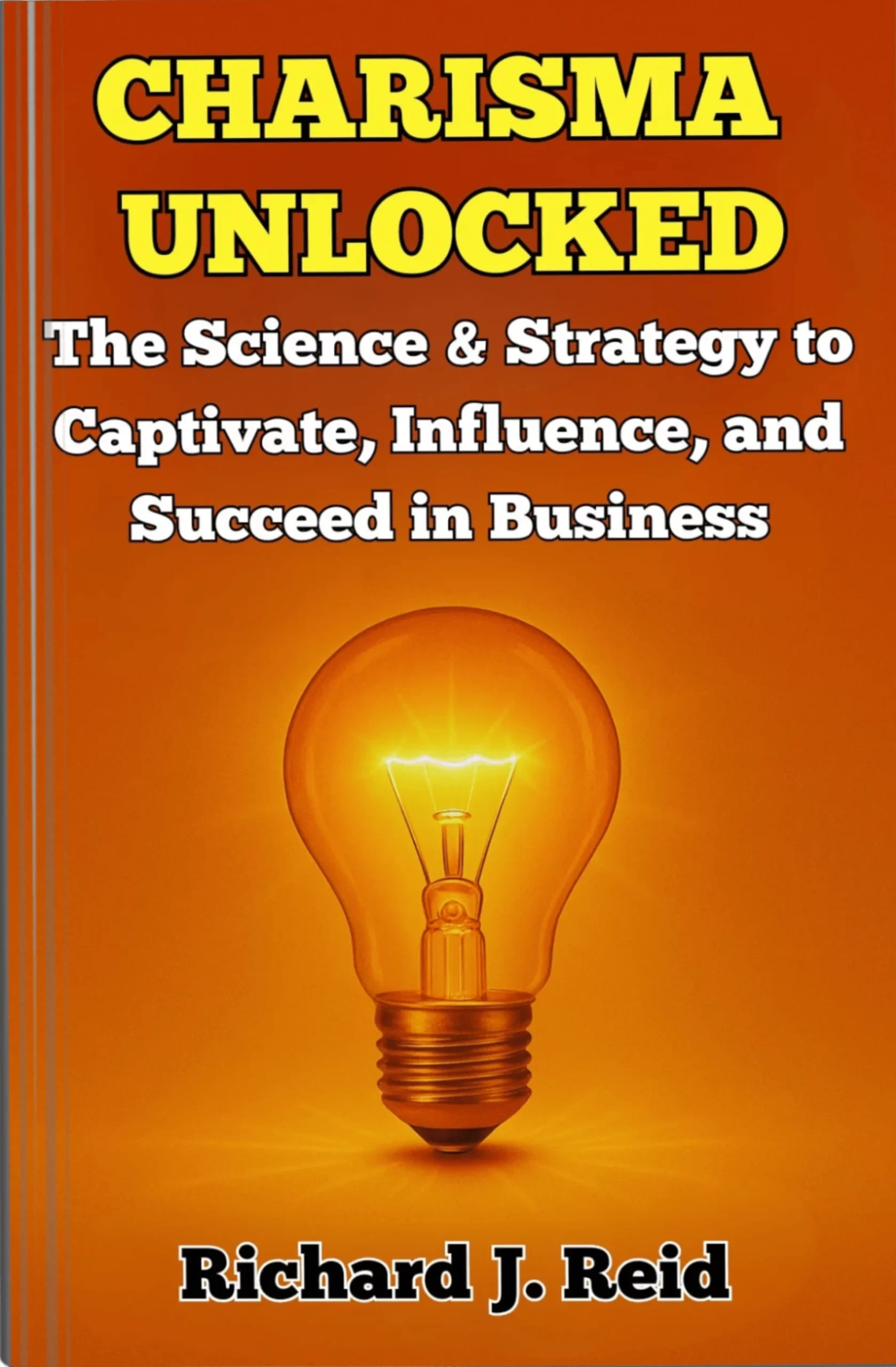Executive Summary
The UK legal sector is increasingly aware that high performance and long-term career success require a foundation of integrated wellbeing. Despite a growing array of wellness initiatives, burnout, attrition, and mental health challenges remain persistent. This whitepaper draws together evidence from psychology, health, and legal research, providing a holistic blueprint for addressing the root causes of burnout and building truly sustainable legal careers. Practical frameworks, case studies, and policy recommendations enable law firms, chambers, and individuals to move beyond reactive burnout management towards proactive, embedded wellbeing.
Introduction
Burnout is not weakness or lack of resilience—it is a predictable occupational hazard in high-pressure professions such as law (LawCare, 2024). The legal environment’s relentless pace, heavy workload, and emotional demands too often force talented practitioners into cycles of exhaustion, absence, and career exit. True sustainability, however, isn’t just about surviving the current wave of workload or stress; it is about designing legal practice for human flourishing over decades.
“Integrated wellbeing is the missing link between legal excellence and long, rewarding careers.”
—Managing Partner, Top 100 UK Law Firm
The Costs of Burnout in Law
- Attrition: Burnout is a major driver of lawyers leaving practice, impacting firm knowledge and client continuity.
- Errors: Tired, stressed lawyers make more mistakes, risking regulatory breaches and reputational damage.
- Engagement: Chronic exhaustion lowers motivation, creativity, and client service.
- Financial impact: Recruitment and training costs escalate as turnover rises (The Law Society, 2023).
From Patchwork to Integration: Why Piecemeal Doesn’t Work
While mental health first aiders, yoga classes, or resilience workshops have positive effects, they cannot offset systemic issues like:
- Unmanageable workloads
- Toxic team cultures
- Blurring of professional/personal boundaries
- Stigma around seeking help
Successful strategies link wellness to every part of the legal career lifecycle: recruitment, training, leadership, workflow design, performance evaluation, and firm values.
Core Pillars of Integrated Wellbeing
1. Work Design and Flexibility
- Manageable caseloads
- Flexible/hybrid arrangements adapted to individual needs
- “Protected time off”—clear boundaries around holidays and after-hours work
For ideas, see Weightmans Agile Working
2. Leadership and Role Modelling
- Leaders share wellbeing journeys, acknowledge struggles, and set healthy norms
- Psychological safety training for supervisors and partners
- Embedding wellbeing in partnership appraisals/KPIs
Law Society: Creating Mentally Healthy Workplaces
3. Mental Health and Peer Support
- Ongoing access to confidential support (counselling, helplines, peer networks)
- Mental health champions at every practice level (LawCare Peer Support)
- Normalising help-seeking via regular firm communications
4. Physical Wellbeing and Recovery
- Sleep, nutrition, exercise, and rest as foundation topics in staff inductions and CPD
- Digital wellbeing policies (tech boundaries, email curfews)
- On-site or subsidised resources: movement classes, mindfulness sessions, relaxation spaces
5. Professional Development with a Wellbeing Focus
- Mandatory wellbeing modules in CPD and trainee programmes
- Training on time management, assertiveness, and cognitive resilience skills
- Encouragement of career paths that allow for non-linear trajectories (secondments, sabbaticals, career breaks)
Firm-Wide Strategies for Implementation
| Action | Description |
| Wellbeing audits | Regular, anonymous surveys with published action plans |
| Integrated onboarding | Wellbeing principles embedded from Day 1 for all staff/trainees |
| Systematic review | Annual reviews of workload, absence patterns, and exit interviews to spot wellbeing “hotspots” |
| Policy incentives | Recognition and reward for teams that demonstrate best wellbeing practice |
| Continuous feedback | Channels for staff to raise concerns and suggest improvements without fear of reprisal |
Case Study: Hogan Lovells’ Integrated Wellbeing Programme
After piloting an employee-led, multi-level wellbeing strategy in 2023:
- Staff turnover fell by 16% in a year.
- Billing errors and grievances dropped significantly.
- 89% of employees reported feeling “supported to have a sustainable career.”
Read more: Hogan Lovells Responsible Business
Moving Beyond Burnout: Individual Strategies
- Self-awareness: Regular check-ins; use wellbeing scales such as the WEMWBS
- Proactive recovery: Routine scheduling of rest, breaks, and “offline” periods
- Career planning: Seek professional advice for non-linear progression or role change as needed
Overcoming Barriers
| Barrier | Solution |
| Culture of presenteeism | Senior leader modelling; flexible policies |
| Stigma around help-seeking | Mentoring, peer stories, open forums |
| Inconsistent application | Wellbeing as a KPI, regular audits |
Further Resources
- LawCare: Creating Sustainable Legal Careers
- The Law Society: Wellbeing in Law
- Mind: Burnout and Prevention
- NHS: Mental Health at Work
Conclusion
Integrated wellbeing is more than policy—it is a prerequisite for sustainable, rewarding legal careers. UK law firms and chambers that commit to holistic, evidence-based strategies will retain top talent, reduce errors, and deliver exceptional client service for decades to come. The opportunity is not just to prevent burnout, but to build a profession that nurtures both legal excellence and the people who deliver it.










